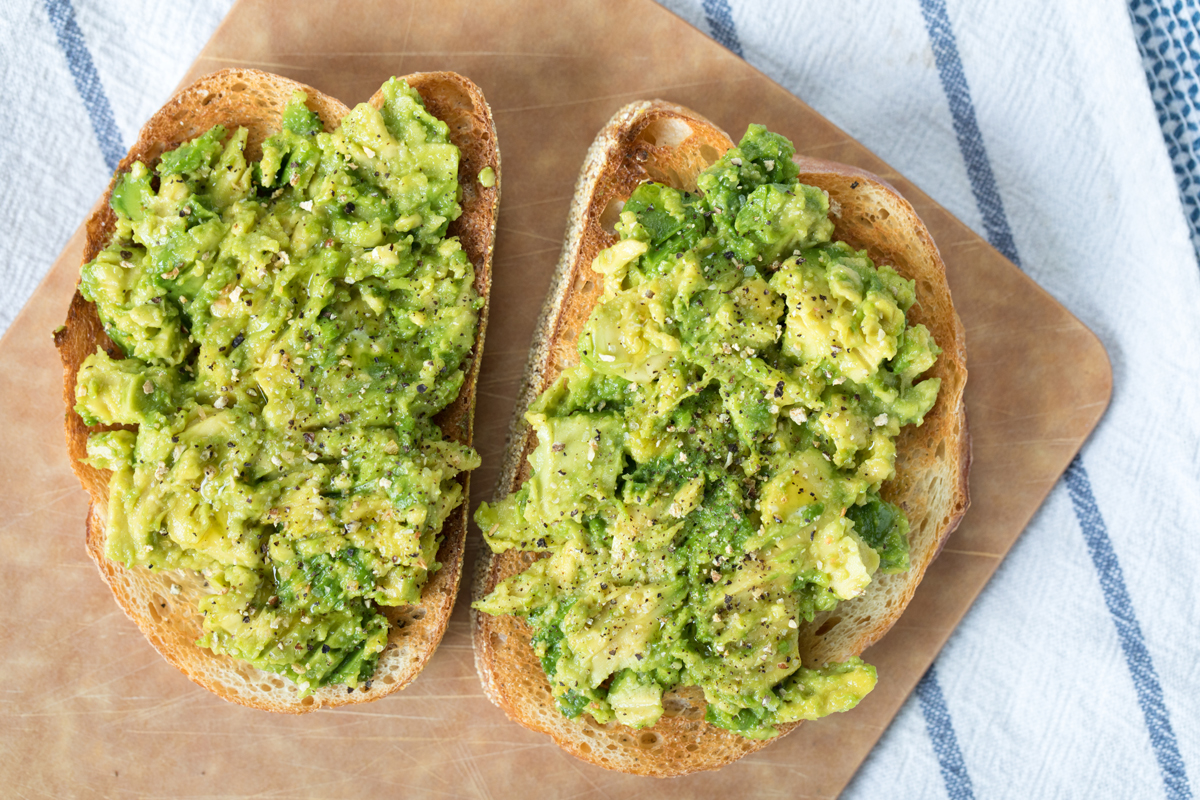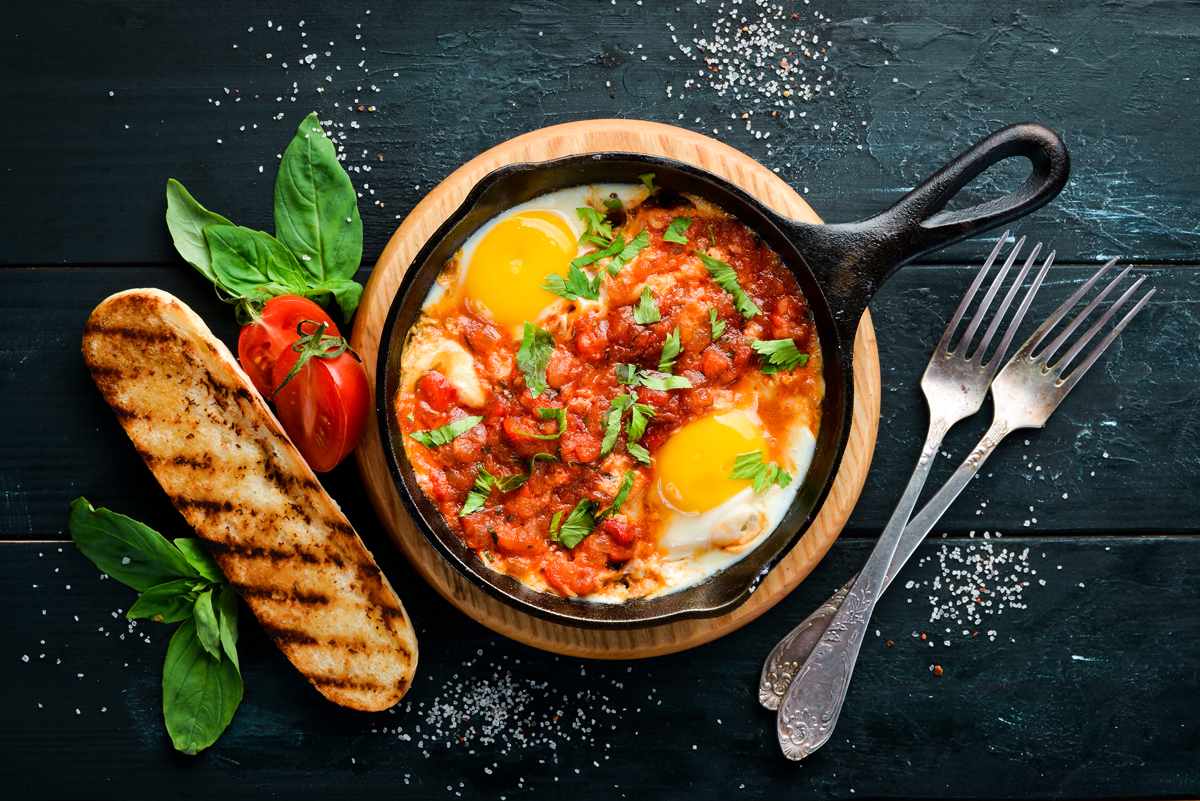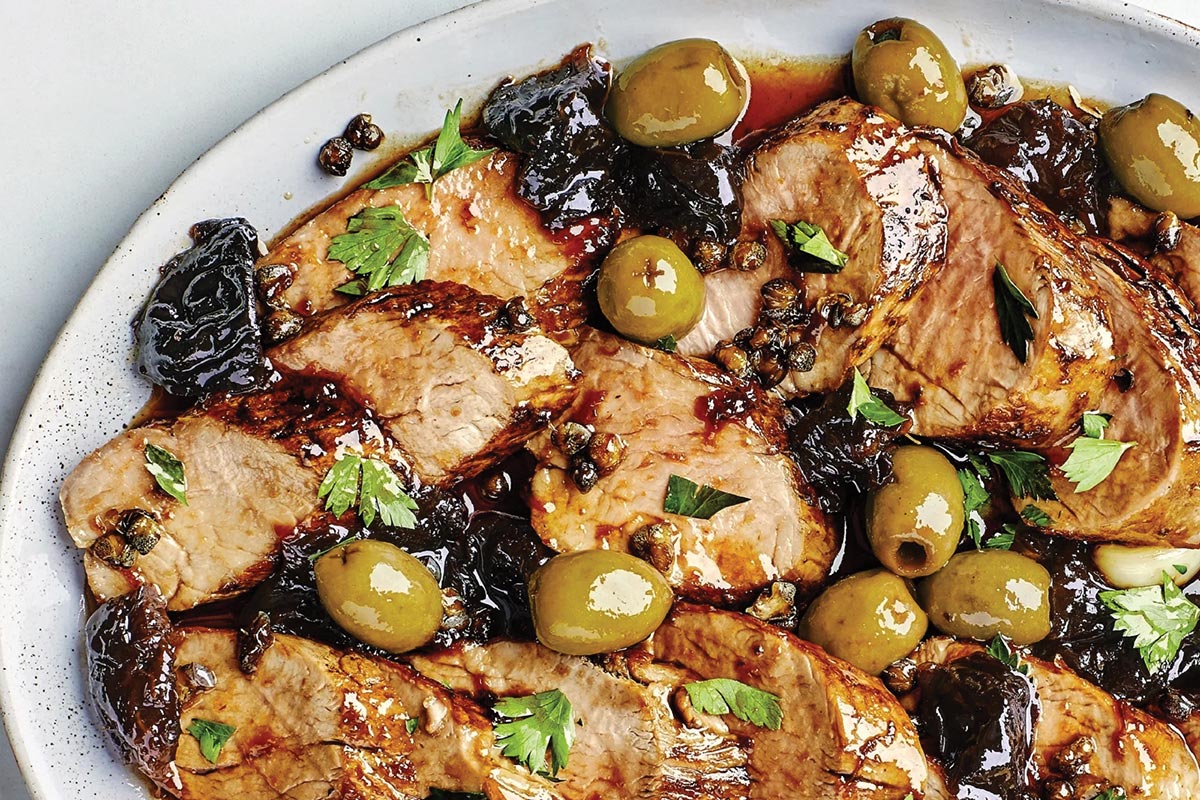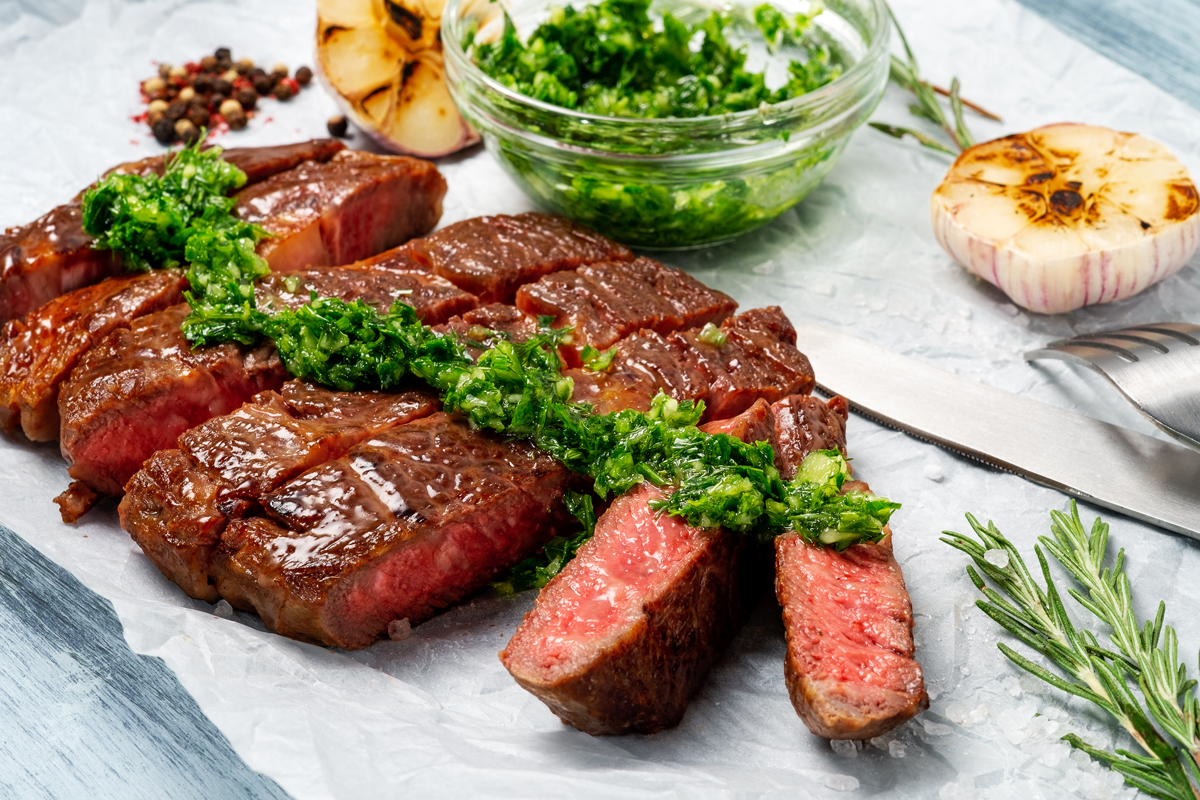The word “tartine” is just a fancy name for open-faced sandwiches, which can be served anytime. Merquén is a popular Chilean spice mix that can be purchased in a well-stocked spice store or online.
Ingredients
- Two 1 1/2-inch slices seven-grain bread, or your favorite rustic bread
- A large, perfectly ripe avocado, halved, pitted, and peeled
- 1/2 teaspoon Chilean merquén (optional; see above)
- 2 tablespoons extra virgin olive oil
- About 2 tablespoons fresh lemon juice, or to taste
- Coarse salt (kosher or sea)
- Hot red pepper flakes
Directions
Step 1
Toast or grill the bread so that it’s dark and firm. Scoop the avocado into a bowl, add the merquén, if using, and lightly mash/chop the mixture with a fork or pastry blender until relatively smooth.
Step 2
Spread the avocado from edge to edge of the toast, mounding it
slightly in the center. Transfer to serving plates. Drizzle olive oil over so that it rolls off the avocado onto the plates.
Step 3
Repeat with the lemon juice. Shake or grind on some salt and sprinkle with red pepper flakes. Slice the toast on the diagonal for serving.
Serves 2— Recipe adapted from smittenkitchen.com




